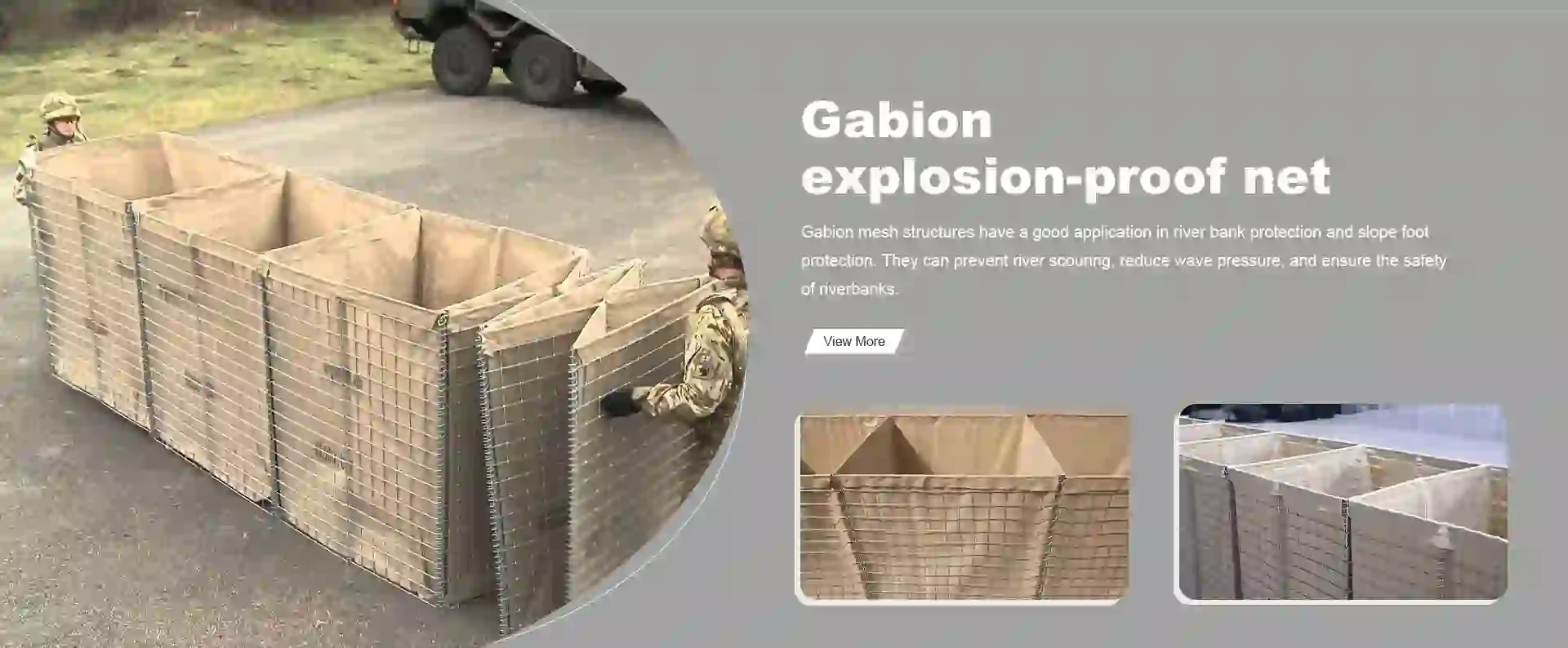-
 Phone:
Phone: -
 Email:
Email:

baling wire gauge
Understanding Baling Wire Gauge A Comprehensive Overview
Baling wire is an essential component in various industries, particularly in agriculture and recycling. It plays a critical role in securing bales of hay, straw, or recyclables, ensuring that they are compact and manageable for transport and storage. Understanding the gauge of baling wire is important for choosing the right type of wire for specific applications, as it affects the wire's strength, weight, and usability.
Understanding Baling Wire Gauge A Comprehensive Overview
When selecting baling wire, understanding the gauge is vital for ensuring that it is suitable for the intended use. For hay and straw bales, a thicker wire, such as 12-gauge or 14-gauge, is often preferred. This thickness provides the necessary strength to hold the bales securely under weight and during transport. Softer materials like paper or lightweight recyclables may require a thinner wire, such as 16-gauge or 18-gauge, which is easier to work with and sufficient for securing lighter loads.
baling wire gauge

Aside from gauge, baling wire also comes in different materials, each with its own set of properties. Galvanized wire, for example, is coated with zinc to prevent rust and corrosion, making it ideal for outdoor uses where exposure to moisture is a concern. Conversely, black annealed wire is softer and more flexible, which can make it easier to manipulate during the baling process. When selecting baling wire, the environment in which it will be used should be taken into account to ensure maximum longevity and efficiency.
In addition to gauge and material, other factors such as coil weight and tensile strength also play a significant role in choosing the right baling wire. The coil weight indicates how much wire is available in a single roll, while tensile strength refers to the maximum load the wire can withstand before breaking. Generally, higher tensile strength minimizes the risk of breakage during the baling process, which is particularly important in high-volume operations.
Ultimately, the choice of baling wire gauge should be driven by the specific requirements of the task at hand. Whether it's securing hay for livestock or compressing recyclables for transport, selecting the appropriate wire is essential for safety, efficiency, and utility. By understanding the various aspects of baling wire gauge—such as material, thickness, and tensile strength—users can make informed decisions that best suit their needs and ensure optimal performance in their operations.
In conclusion, the gauge of baling wire is a fundamental aspect that significantly impacts its functionality. By considering factors like thickness, material, and application specifics, individuals and businesses can enhance their productivity and streamline their operations. Understanding and selecting the right baling wire fosters successful, safe, and effective binding of materials across various sectors.
-
Wire Mesh for Every Need: A Practical SolutionNewsJul.25,2025
-
Steel Fences: Durable, Secure, and Stylish OptionsNewsJul.25,2025
-
Roll Top Fencing: A Smart Solution for Safety and SecurityNewsJul.25,2025
-
Cattle Farm Fencing Solutions for Maximum SecurityNewsJul.25,2025
-
Affordable Iron Binding Wire SolutionsNewsJul.25,2025
-
Affordable Galvanized Wire SolutionsNewsJul.25,2025
-
Wire Hanger Recycling IdeasNewsJul.25,2025








